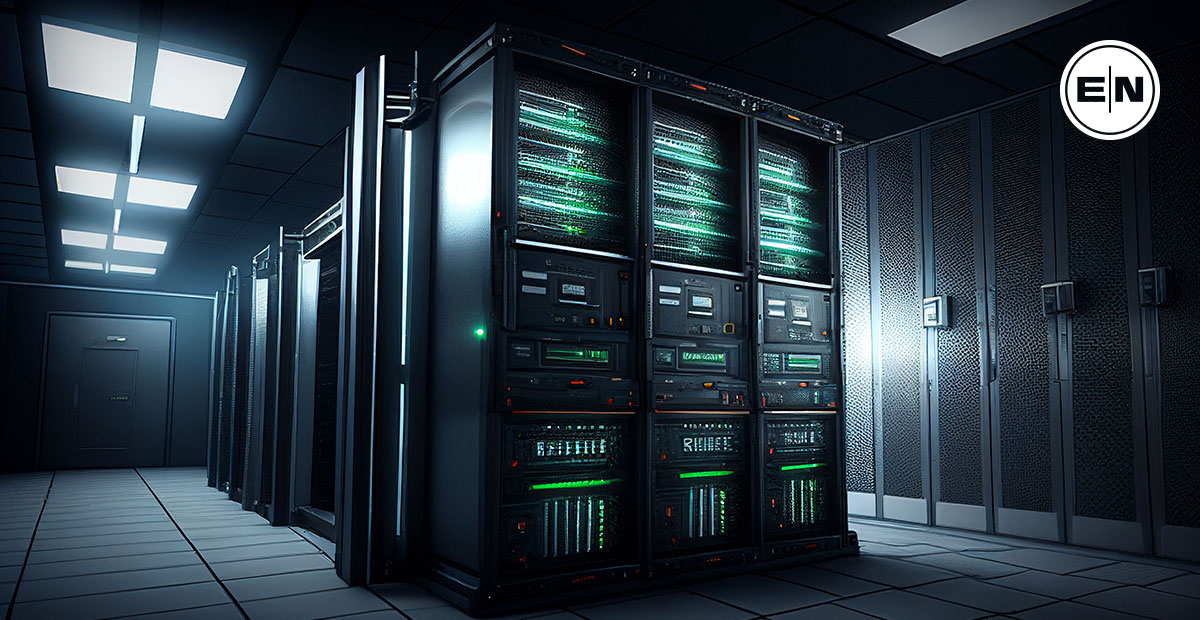How To Monitor Server Performance?

Server performance monitoring is essential for understanding the behavior of your applications and services. This helps you identify problems early before they become serious issues. In addition, it allows you to tune your system to improve performance.
What is Server Monitoring?
Server monitoring involves keeping an eye out for various metrics to make sure it runs smoothly. This includes looking at CPU utilization, memory usage, disk space, network traffic, uptime, and much more. These metrics help you quickly identify issues and fix them.
Monitoring servers allows you to see how your systems are performing, spot potential problems early, and take action to fix issues before they become major problems. In addition, it helps you understand where resources are being used, allowing you to allocate those resources efficiently.
Why Is Server Performance Monitoring Important?
Server performance monitoring helps you detect potential issues with your application server before they become a problem. By identifying potential issues early, you’ll be able to take action to prevent them from escalating into production downtime. This proactive approach eliminates the risk of dealing with outages caused by unanticipated issues.
Without preemptively embracing server monitoring, you’re unlikely to know how well your server performs. You won’t be able to determine whether your server is running efficiently or needs some attention. To address this, you must monitor server performance issues regularly.
There are a few reasons why you should monitor your server and its performance:
Server Availability
Monitoring ensures that your servers are working properly so that they can be accessed by clients, thus preventing any downtime.
Server Responsiveness
Measuring response times helps ensure that your servers respond quickly enough to satisfy your clients’ needs.
Error Detection and Notification
It helps you monitor errors and potential issues and enables you to set up alerts so you’re notified when something goes wrong.
Getting A Clear Overview of Key Metrics
Monitoring servers gives you an overall view of the entire system so you can identify potential issues before they become serious problems.
Obtain Historical Data for Predictive Purposes
Monitoring lets you see whether specific components fail spontaneously or gradually over time. It allows you to determine which ones need immediate attention and which ones can be ignored.
Capacity Planning
Monitoring helps IT admins manage their systems’ resource usage effectively. They can therefore determine whether current CPU utilization rates can support expected user load in the near future.
How To Monitor Server Performance
The first step towards monitoring server performance is to decide what information you want to collect. There are many ways to measure server performance, but not all are equally effective. The following list outlines some of the most common methods:
CPU Utilization
This metric measures the percentage of processor cycles currently utilized by the operating system and applications.
Memory Usage
This metric shows the amount of memory available on the server’s physical memory modules.
Disk I/O
This metric indicates the number of bytes read and written to disk drives.
Server Uptime
Uptime refers to how long it takes to reboot the server after a hardware failure occurs. If the uptime is too low, then there may be a problem with the server’s hardware.
Disk Activity
If the disk activity is high, this could indicate that the server has been running at full capacity for a while.
Page File Usage
A large page file means more pages have been loaded into RAM than can fit within the space allocated. A small page file means that less pages have been loaded into memory. If the page file size is abnormally large, then the server may be experiencing memory pressure.
Context Switches
A context switch occurs when one thread is interrupted by another thread. Context switches cause a significant increase in CPU utilization.
Time Synchronization
Synchronizing time between multiple computers is essential for maintaining consistency among data stored on each machine. When time synchronization fails, users will experience problems such as inaccurate date stamps, incorrect timestamps, and missing records.
Handles Usage
Handle usage measures the number of times a process needs to access shared resources. For example, if a program needs to open a file, it must obtain a handle to the file. Handle usage increases when processes need to share resources.
Process Activity
The number of active processes is helpful because it provides insight into the number of threads actively executing code. High numbers of active processes can indicate that the server is under heavy load.
Network Traffic
High network traffic can indicate that the server has reached its maximum throughput capacity. The total amount of network traffic also serves as a measure of the server’s overall bandwidth.
TCP Activity
TCP stands for Transmission Control Protocol. TCP is responsible for ensuring that packets arrive safely at their destination. The server is likely overloaded if the number of TCP connections is high.
OS Log Files
Log files provide detailed information about what happened when a problem occurred. They include information about which applications were used, what was happening when the problem occurred, and what actions were taken to resolve the issue.
Best Practices for Server Monitoring
Monitoring tools help you identify potential issues before they become serious problems. Here are some best practices for monitoring:
Establish A Baseline
A Baseline represents an ideal state of your server performance. Setting up baselines allows you to spot any abnormalities as they happen. You can know whether something is going well or bad with a fixed point for the typical behavior of key metrics, such as hard drive latency or CPU usage.
Track Key Metrics
Whether you’re using a Linux or Windows server for your business, you should track the performance metrics relevant to the OS environment. Following these key metrics helps to simplify troubleshooting and problem-solving.
Use Effective Monitoring Tools
Effective monitoring tools allow you to monitor all aspects of your server. Some tools focus on specific security or storage areas, while others offer comprehensive reporting capabilities.
Monitor Consistently
You will only be able to get an accurate picture of your servers’ performance if you regularly check them. If you don’t, you may not notice when something goes wrong.
Consistency is important because it’s not just important to monitor your servers’ performance during peak business hours; some key processes, like backups, also happen at night, and it’s crucial to monitor those processes to ensure they’re running smoothly.
Set Up Notifications and Reports
To troubleshoot issues, you must know which servers are performing well and which aren’t. Alerts help you identify these servers by alerting you when key performance indicators (KPIs) exceed their thresholds.
Besides troubleshooting purposes, reporting helps you collect historical information that lets you check whether a problem occurs again.
In conclusion, monitoring your servers’ performance is essential to keeping your business running efficiently. It will help you detect potential problems early and take action quickly.





